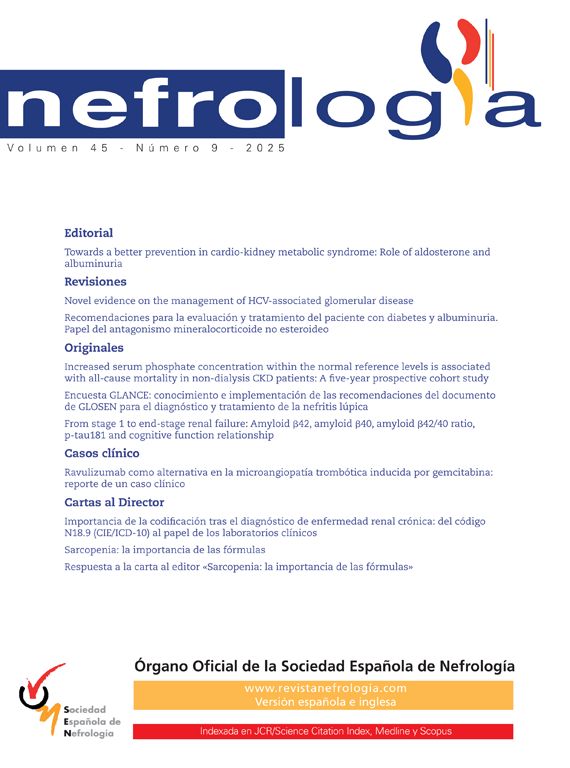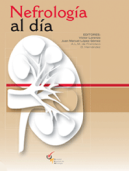Dear Editor:
The publication of the article Physiotherapy during haemodialysis: results from a force-resistance programme by Eva Segura Orti, Vicente Rodilla-Alama and Juan Francisco Lisbon Parraga (Nefrología 2008;28(1): 67-72),1 which demonstrated the need for and importance of physical exercise in chronic renal patients¿ routines, was very important. However, we felt the need to comment on a few points such as the adverse effects of exercise and programme adherence.
As recent studies have shown, patients with chronic renal failure are more susceptible to adverse events during exercise. For example, a patient could suffer ruptured tendons, fractures, muscle injuries and cardiovascular complications.2,3 Cheema et al.4 in 2005 demonstrated in their review that exercise can induce hypotension and gastrointestinal haemorrhage, as well as fatigue, sweating and pain in the feet.
In our study, in a university hospital in southern Brazil, twelve patients who participated in an intradialytic physiotherapy programme had, at five months, an average adherence rate of 83.66%. The exercise was carried out approximately thirty minutes after beginning haemodialysis, using a programme similar to that used in the above-mentioned study. The main complaint reported during the exercise was cramp (n = 6), followed by pain (n = 3), hypotension (n = 2) and excessive fatigue (n = 1).
At present, we have no knowledge of any specific studies on the risks of intradialytic exercise, but we do know that they are higher than in the general population: a prevalence of cardiovascular disease and myoskeletal corrections.3 Standardisation in surveying these risks could help improve the prescription of intradialytic exercise and allow comparison between results from across haemodialysis departments.






